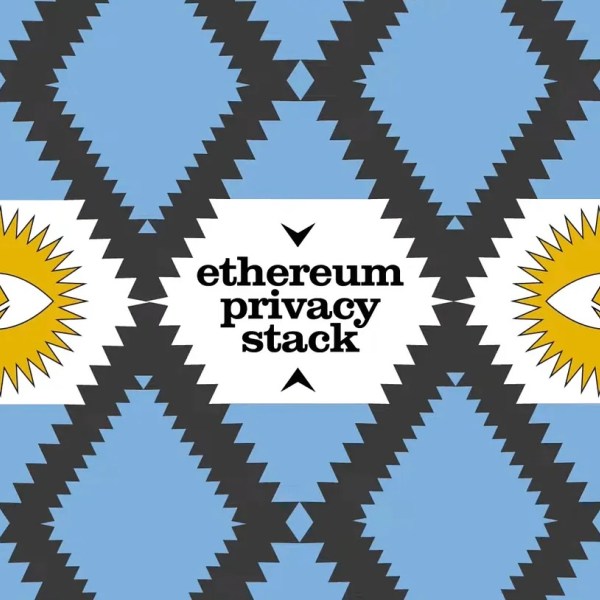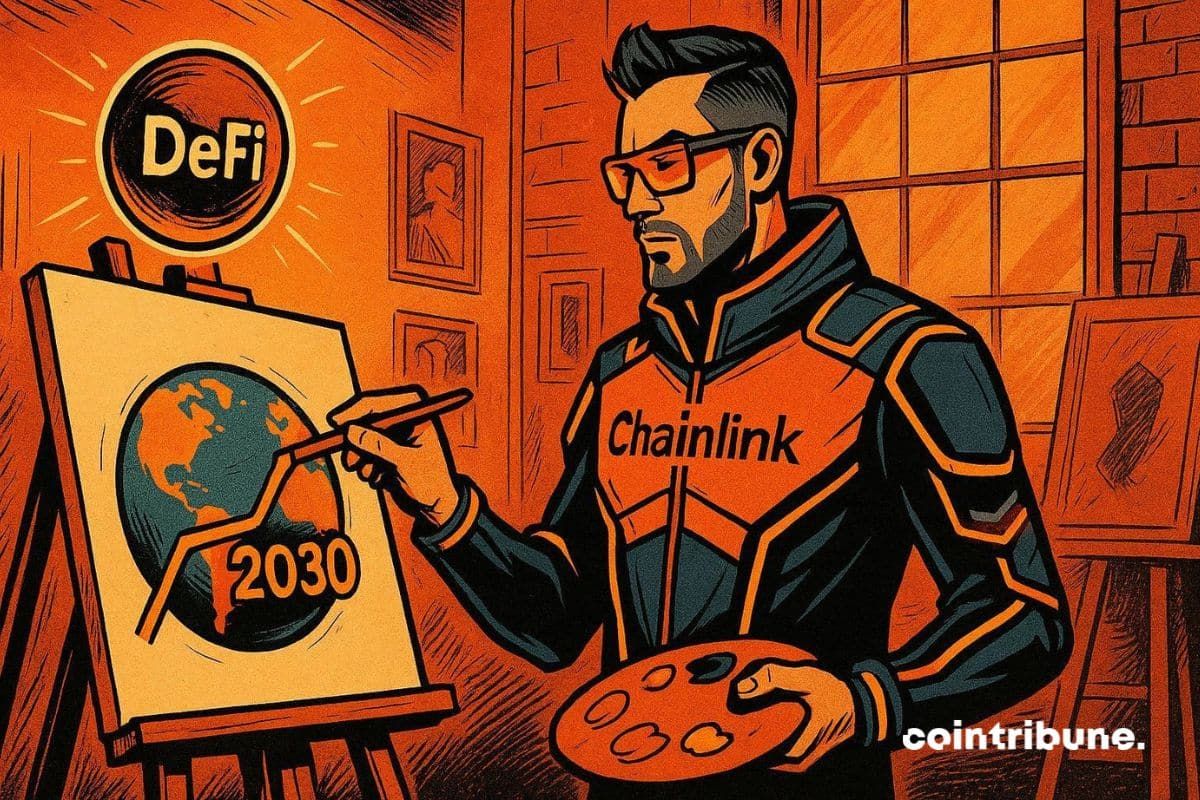Solana's Quiet Revolution: Institutional Adoption and the Case for Undervaluation
- Institutional capital is rapidly adopting Solana (SOL), with $1.72B in corporate treasury holdings and 57% YoY validator growth. - Alpenglow upgrade enabled 10,000 TPS throughput and $0.00025 fees, outperforming Ethereum in transaction volume and cost efficiency. - Despite $156B monthly trading volume and 22M active addresses, Solana's $85.7B market cap remains 21% of Ethereum's, signaling undervaluation. - Upcoming ETF approval, DeFi expansion, and regulatory clarity could drive price re-rating, with an
The cryptocurrency market in 2025 is witnessing a paradigm shift as institutional capital increasingly allocates to high-performance blockchains. Solana (SOL), once dismissed as a speculative altcoin, has emerged as a focal point for institutional investors seeking scalable infrastructure and yield generation. With over $1.72 billion in corporate treasury holdings and a validator network expanding at 57% year-over-year [1], Solana’s institutional adoption is no longer a niche trend but a structural transformation. This article examines the drivers of this shift and argues that Solana’s current valuation remains significantly undervalued relative to its network fundamentals and institutional-grade utility.
Institutional Capital: A New Era of Treasury Allocation
The most striking development in Solana’s trajectory is the coordinated effort by institutional players to treat SOL as a strategic reserve asset. Thirteen firms, including Galaxy Digital and Jump Crypto, are constructing a $1 billion Solana treasury, with Cantor Fitzgerald leading the charge [1]. Publicly traded companies like Upexi have allocated $320.4 million to staked SOL, leveraging dual return streams from price appreciation and staking yields [1]. This trend is further amplified by the REX-Osprey SSK staking ETF, which raised $316 million in its first month, signaling growing institutional comfort with Solana’s security and governance model [1].
Pantera Capital’s rebranding of a Nasdaq-listed entity as “Solana Co.” underscores a broader institutional reorientation toward blockchain infrastructure [1]. These moves are not speculative but strategic, reflecting Solana’s ability to offer both liquidity and programmability—traits critical for modern financial systems.
Network Fundamentals: Scalability Meets Decentralization
Solana’s technological upgrades have positioned it as a direct competitor to centralized payment systems. The Alpenglow upgrade, implemented in 2025, introduced a hybrid Votor-Rotor consensus mechanism, achieving sub-150ms finality and 10,000 TPS throughput [3]. This leap in performance has reduced validator costs from $60K/year to $1K/year, democratizing participation and enhancing decentralization [3]. By June 2025, Solana’s validator network had grown to 3,248 nodes, a 57% increase year-over-year [3].
Network activity metrics further highlight Solana’s dominance. The platform processed 2.98 billion transactions in June 2025, outpacing Ethereum’s 1.65 million daily transactions [4]. With an average transaction fee of $0.00025 [4], Solana’s cost efficiency has attracted DeFi protocols like Kamino and Jito, which drove total value locked (TVL) to $12.1 billion in Q2 2025 [1]. These metrics suggest a network effect that is both scalable and economically sustainable.
Undervaluation: A Dislocation Between Metrics and Market Cap
Despite these fundamentals, Solana’s market capitalization of $85.7 billion as of March 2025 [4] appears disconnected from its transaction volume and institutional adoption. For context, Ethereum’s market cap of $408 billion in Q1 2025 [5] was supported by $17.2 billion in daily trading volume and 1.65 million daily transactions [5]. Solana, with $156 billion in monthly trading volume and 22.24 million active addresses [3], commands a market cap that is only 21% of Ethereum’s, despite processing 18 times more transactions per second [1].
This dislocation is further evident in the SOL/ETH ratio, which rose from 0.0444 to 0.0613 by June 2025 [2], reflecting Solana’s outperformance despite both assets facing macroeconomic headwinds. Regulatory tailwinds, including the potential approval of a Solana spot ETF by October 2025 [3], could exacerbate this re-rating.
The Road Ahead: Catalysts for Re-Rating
Three key catalysts could drive Solana’s valuation higher in the near term:
1. ETF Approval: A U.S. spot Solana ETF would replicate Bitcoin’s 2024 inflow surge, with institutional demand potentially pushing the token to $300+ [2].
2. DeFi Expansion: The Alpenglow upgrade’s focus on throughput and finality could attract institutional-grade DeFi protocols, further boosting TVL and network fees.
3. Regulatory Clarity: The SEC’s October 2025 decision on Solana’s ETF application will likely resolve uncertainty, unlocking broader capital inflows.
Conclusion
Solana’s institutional adoption is not a flash in the pan but a structural shift in how capital allocates to blockchain infrastructure. With a network capable of 10,000 TPS, a growing validator base, and a treasury ecosystem valued at $1.72 billion [1], Solana’s fundamentals outpace its current valuation. For investors, the dislocation between these metrics and market price presents a compelling opportunity—provided they can navigate the regulatory and macroeconomic risks that remain.
**Source:[1] Solana's Institutionalization: A Catalyst for $300+ Price Breakouts [2] Solana vs. Ethereum: Which Ecosystem Is Winning 2025 ... [3] Solana's Alpenglow Upgrade: A Catalyst for Institutional Adoption and DeFi Growth [4] Solana Statistics 2025: Validator Counts, DeFi TVL, etc . [5] Ethereum Statistics 2025: Insights into the Crypto Giant
Disclaimer: The content of this article solely reflects the author's opinion and does not represent the platform in any capacity. This article is not intended to serve as a reference for making investment decisions.
You may also like
Ethereum Privacy’s HTTPS Moment: From Defensive Tool to Default Infrastructure
A summary of the "Holistic Reconstruction of Privacy Paradigms" based on dozens of speeches and discussions from the "Ethereum Privacy Stack" event at Devconnect ARG 2025.

Donating 256 ETH, Vitalik Bets on Private Communication: Why Session and SimpleX?
What differentiates these privacy-focused chat tools, and what technological direction is Vitalik betting on this time?

Ethereum Raises Its Gas Limit to 60M for the First Time in 4 Years

DeFi: Chainlink paves the way for full adoption by 2030
